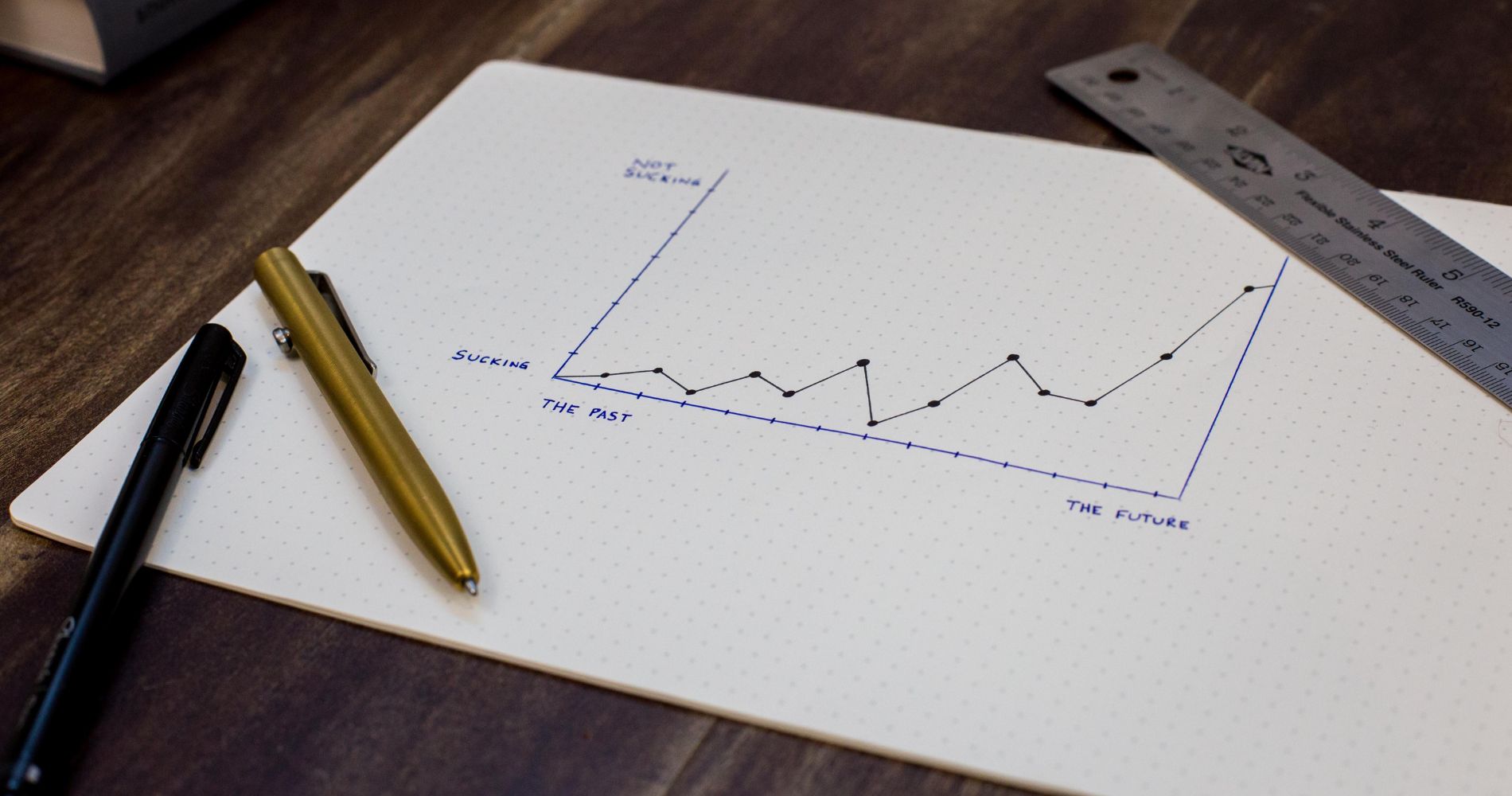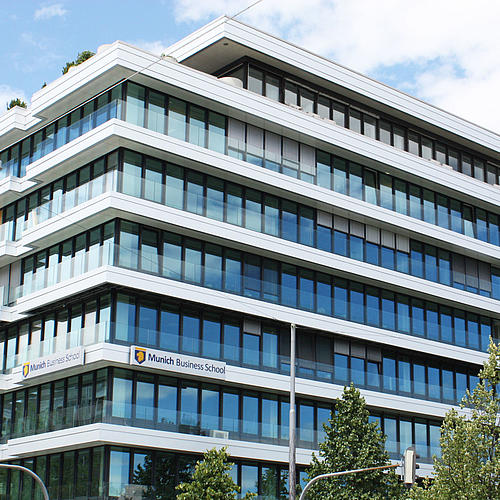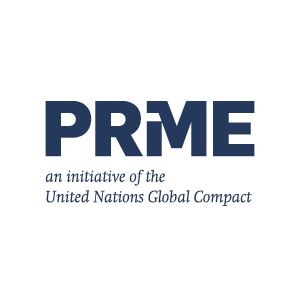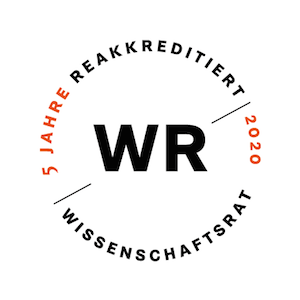Hyperinflation
Hyperinflation is an extreme form of inflation in which prices rise dramatically in a very short period of time, often in the three-digit or higher percentage range. It is usually the result of extreme mismanagement of monetary policy, such as uncontrolled money printing. A well-known example is the hyperinflation in Germany in the 1920s.
Core inflation
Core inflation measures the price increase of a certain basket of goods, but without volatile components such as food and energy prices. It is often used to assess the long-term inflation trend, as it is less influenced by short-term fluctuations.
Imported inflation
Imported inflation occurs when the prices of imported goods rise, for example due to exchange rate changes or international price shocks. This type of inflation can be particularly significant in countries that are highly dependent on imports.
Deflationary inflation (disinflation)
Deflationary inflation describes a phase of falling inflation rates in which the price level continues to rise, but at a slower rate than before. Disinflation should not be confused with deflation (a general fall in prices).
Stagflation
Stagflation is an unusual combination of stagnating economic growth, high unemployment and simultaneously high inflation. This situation poses a particular challenge for economic policy, as traditional measures to combat inflation could further impair growth.






















